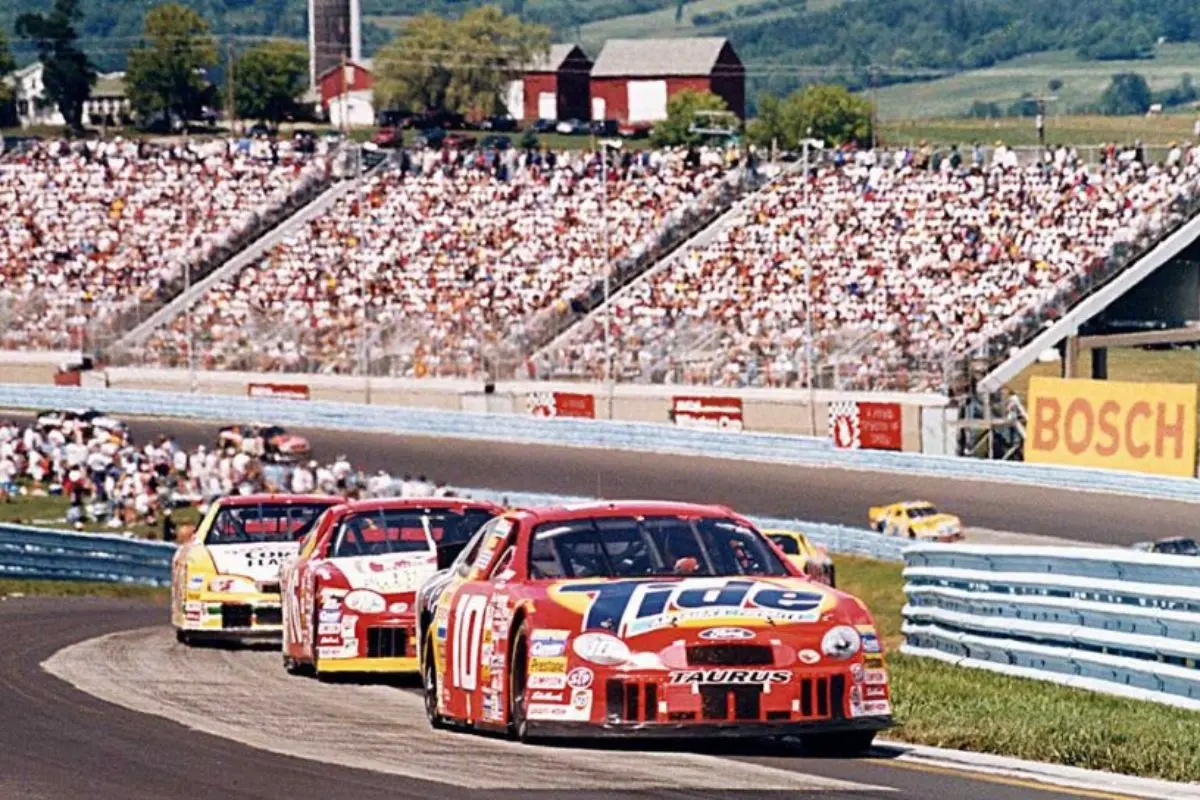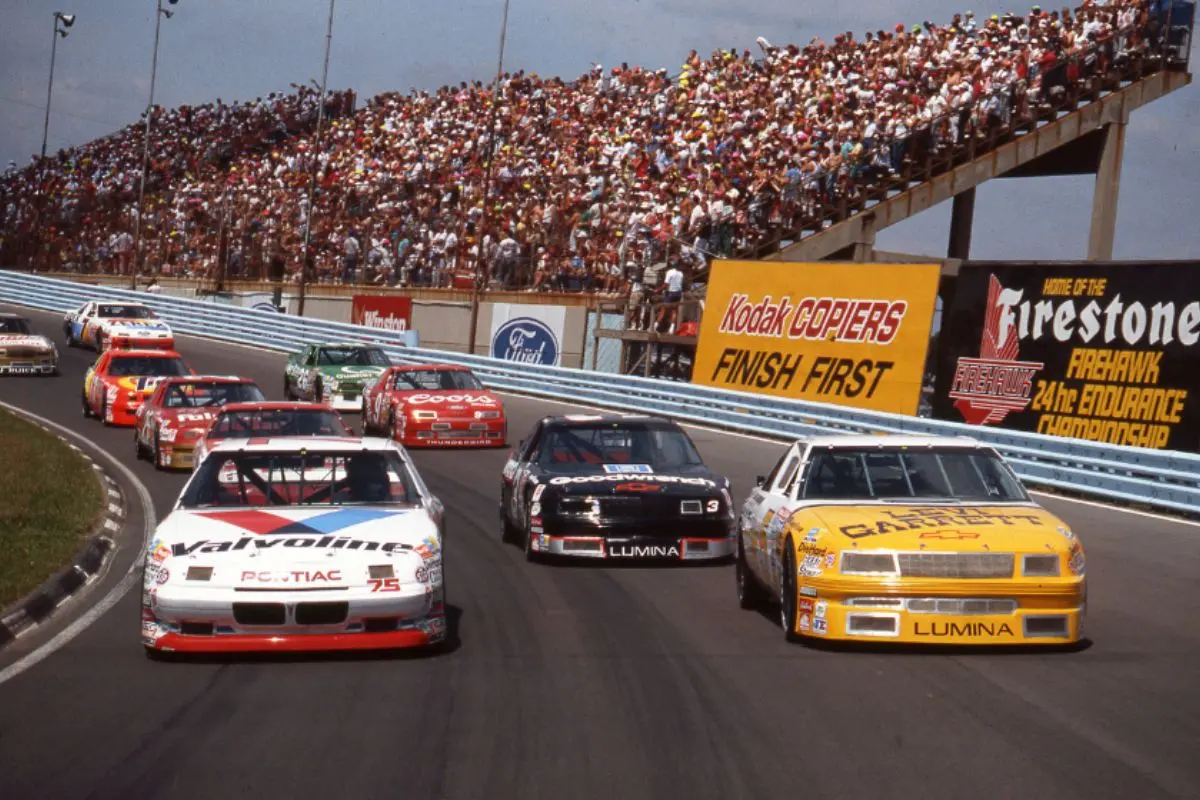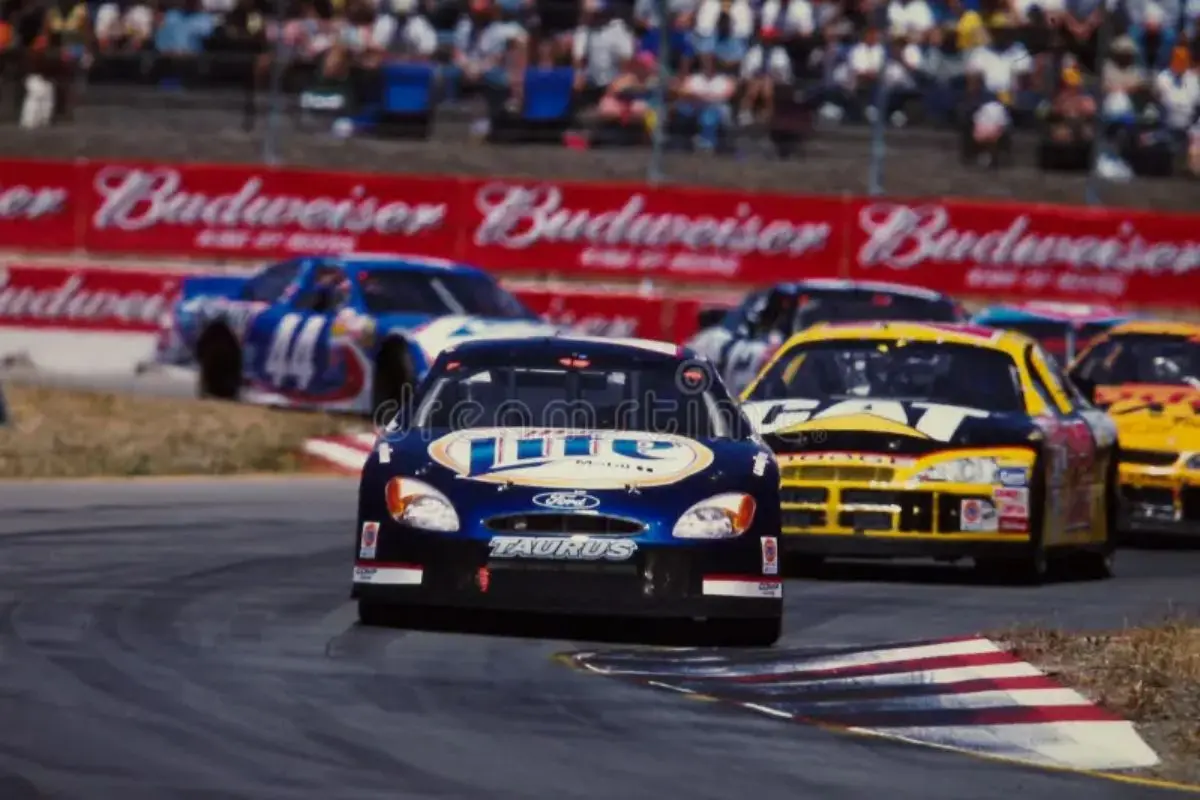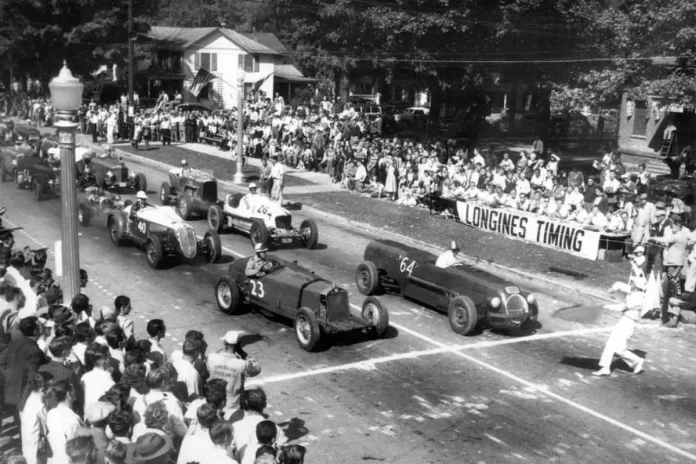Watkins Glen International stands as one of the most revered motorsport venues in North America, a track where history and high-speed drama intertwine. Tucked away in New York’s Finger Lakes region, “The Glen” has hosted decades of racing excellence across Formula One, sports cars, and NASCAR. Its evolution from public road races to a world-class circuit is a story of vision, tragedy, and resilience, creating a venue that remains a true proving ground for the best drivers in the world.
Key Highlights
Watkins Glen International originated in 1948 as a street race before evolving into a permanent track in 1956.
The venue hosted Formula One’s U.S. Grand Prix for 20 years, attracting legendary names like Jackie Stewart and Niki Lauda.
NASCAR, IMSA, IndyCar, and grassroots racing have all made The Glen a cornerstone of American motorsport.
The track’s layout, elevation changes, and unpredictable weather make it a demanding challenge for even elite drivers.
Historic races, iconic duels, and unforgettable moments have solidified Watkins Glen’s place in racing history.
A Storied Past and Global Stage
The roots of Watkins Glen racing stretch back to 1948, when Cameron Argetsinger organized a 6.6-mile street race through village roads and farmland. It marked the rebirth of American road racing after World War II, attracting adventurous drivers and curious fans alike. But as the events grew, so did the dangers. Tragic accidents led to the creation of a permanent facility in 1956, ushering in a new era of safety and speed. By 1961, The Glen had become the host of Formula One’s U.S. Grand Prix, cementing its global stature.
For two decades, it brought world champions to its technical layout, from Jackie Stewart’s precision to Niki Lauda’s mastery, while fans filled grandstands to witness a new brand of American motorsport. Beyond F1, the venue welcomed Can-Am, Trans-Am, IMSA, and IndyCar, as well as NASCAR’s first visit in 1957.
Even financial troubles in the early 1980s couldn’t erase its legacy. When Corning Enterprises and International Speedway Corporation revived the track in 1983, they preserved the soul of a circuit that had already earned legendary status.

The Unique Challenge of The Glen
Watkins Glen is renowned not only for its history but also for the technical demands it places on drivers and teams. Two primary configurations, the 2.45-mile Short Course used by NASCAR and the 3.40-mile Grand Prix Circuit with the famous Boot section, test every element of car control. Eleven turns mix fast sweepers, tight braking zones, and high-risk overtaking points. Elevation changes keep drivers on edge, demanding anticipation and precision, while varying banking in corners like Turn 9 adds complexity to each lap.
A 2015 resurfacing gave The Glen exceptional grip and improved drainage, allowing the track to recover quickly from sudden rain showers. This unpredictability forces teams to adapt strategy and tire management in real time. Signature sections like the Esses challenge bravery, while the Inner Loop tests late braking and balance.
The Boot’s off-camber turns create rhythm-based driving challenges rarely seen on U.S. circuits. NASCAR drivers frequently describe The Glen as “super technical,” where even small mistakes can cost positions or end a race entirely. The layout’s width allows overtaking, but it also tempts risky moves, producing dramatic finishes that keep fans on edge.

Historic Moments and Lasting Legacy
Few venues can match Watkins Glen’s resume of unforgettable moments. The Formula One era delivered global prestige but also tragedy, such as the 1973 loss of François Cevert. The IMSA Six Hours of The Glen remains a staple of endurance racing, demanding skill and strategy from the world’s best sports car teams. In NASCAR, the annual Go Bowling at The Glen race has provided countless highlights: Marcos Ambrose and Brad Keselowski’s fierce 2012 duel, Chase Elliott’s first Cup Series win in 2018, and decades of road course breakthroughs by oval specialists.
Vintage racing events, like the Zippo U.S. Vintage Grand Prix, celebrate the circuit’s heritage, drawing historic machines and fans who appreciate its timeless charm. Watkins Glen’s ability to host such diverse series has built its reputation as a spiritual home for road racing in the United States, where the past and present meet in every corner.

News in Brief: The History of Watkins Glen
Watkins Glen International has grown from 1948 village street races into one of the most iconic motorsport venues in North America. Hosting everything from Formula One to NASCAR, the 3.40-mile circuit challenges drivers with elevation changes, high-speed corners, and unpredictable weather. Historic moments have shaped its legacy, from legendary F1 battles to unforgettable NASCAR duels. Today, it remains a technical and mental challenge for drivers and a favorite among fans.
ALSO READ: Watkins Glen Lands Dual Mission Foods Sponsorship for August NASCAR Weekend


